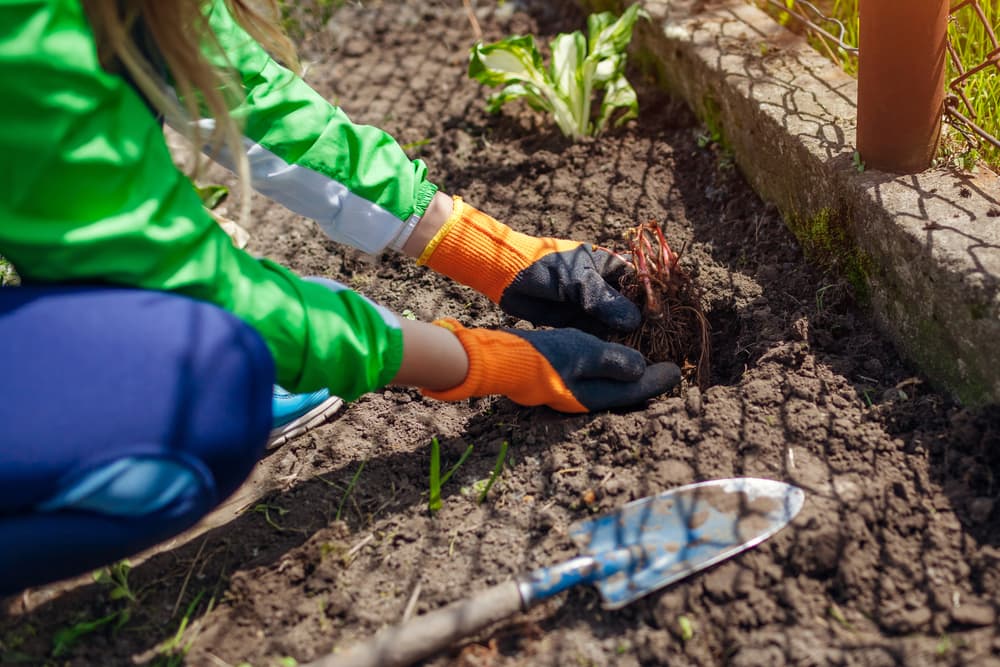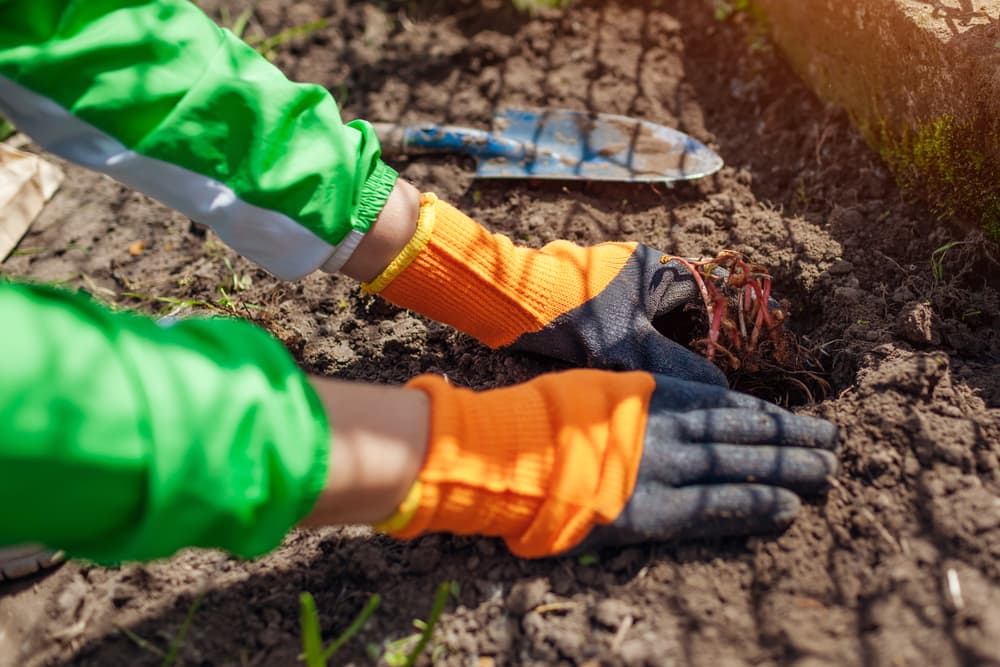A Bare Root Astilbe Can Establish Itself Quickly – Here’s How To Plant Out Yours

PERENNIALS > ASTILBE > PLANTING

Elizabeth is a Permaculture Garden Designer, Sustainability Consultant and Professional Writer, working as an advocate for positive change. She graduated from the University of St. Andrews with an MA in English and Philosophy and obtained a Diploma in Applied Permaculture Design from the Permaculture Association.
Reviewed By ROY NICOL

Roy is a Professional Gardener and Horticultural Consultant, specialising in large garden year-round maintenance and garden development. He is an RHS Master of Horticulture and uses his research in the application of no-dig methods in ornamental garden settings. Roy has been a Professional Gardener for more than six years and is a member of the Chartered Institute of Horticulture, Professional Gardener's Guild and Association of Professional Landscapers (Professional Gardener).
IN THIS GUIDE
ASTILBE GUIDES
Bare Root Planting
Container Growing
Division
Growing From Seed
Overwintering
Pruning
Varieties
If you are looking for a plant for a reasonably moisture-retentive and partially shaded or sunny spot, Astilbe could be a good option to consider.
Astilbes can be purchased in early spring with bare roots, in pots in the spring or autumn, or obtained through the division of an existing plant.
Obtaining bare root Astilbes for your garden is an affordable and eco-friendly way to get one of these plants for your garden.
While Astilbes can be grown from seed, this can be somewhat challenging and, as Roy Nicols, a professional gardener and expert in horticulture, shares, can be costly too:
“While they are available in pots, this option is the most expensive way to source Astilbes.”

Germination rates can be poor, many varietals will not come true from seed, and even when efforts are successful, it will be several years before new plants flower.
A bare root Astilbe plant can establish itself quickly and flower in the same year that it was planted.
Here are the steps that you need to follow in order to plant Astilbes from bare roots:
- Obtain a bare root Astilbe plant.
- Keep the roots moist at all times.
- Select a suitable planting location.
- Prepare the growing area.
- Plant as soon as possible.
Read on to learn a little more about this process.
| Difficulty | Easy |
| Equipment Required | Bare root Astilbe, secateurs, spade or trowel |
| Preferred Aspect | Partial shade, moist soil |
1) Obtain A Bare Root Plant
Bare root Astilbe can be obtained in one or two ways.
You can either purchase a plant with bare roots from a garden centre, plant nursery or online supplier, or you can divide an existing Astilbe plant in your garden.
When you purchase a bare root Astilbe, it will come without a pot.

As the name suggests, when a plant is bare-root, the roots are uncovered – not surrounded by soil or growing medium, or growing in a pot.
We cover lifting and dividing Astilbes in a different guide, but in essence, this simply involves unearthing the roots of a mature existing plant, and carefully dividing the root system into two or more sections.
2) Ensure Roots Remain Moist
The roots of a bare root plant are usually wrapped in material designed to retain moisture.
Keeping the roots of a bare root Astilbe moist is a primary concern.
As soon as a bare root plant that you have purchased arrives, or you get it home, it is important to check it over thoroughly.
Make sure that the roots remain moist, give the plant a good soak if moisture is somewhat low and make sure that the roots are healthy and intact.
As you check over the plant, remove any portions of the root system which seem sub-par, but make sure also that you do not delay.
You should plant a bare root plant as soon as possible.
3) Choose A Suitable Planting Location
Astilbe needs a partially shaded or sunny location, with moist, rich and fertile soil.
They can do well in the dappled shade below trees, as long as soil moisture is sufficient, and can also work in a bog garden, or along pond margins, as long as the area is not constantly waterlogged.
4) Prepare The Growing Area
A site for Astilbes should be prepared with the top dressing of the area with plenty of organic matter.
Astilbes will thrive in rich and fertile soil, so be sure to take steps to improve the soil before planting if it is not currently as healthy as it could be.
5) Plant Out

The process of actually planting out your bare root Astilbe is very simple.
Dig a hole large enough to accommodate the existing roots of the plant, with plenty of space for the roots to grow.
Spread out the roots at the base of the hole, with the crown of the plant just above the surface of the soil.

The highest of the roots should be just below the surface of the soil.
Gently firm in the soil around the new plant, and water it in well.
Be sure to keep the plant well-watered through any dry spells in its first year.
Alternatively, place the Astilbe into a container of a suitable size, filled with a peat-free potting mix with added compost or other organic material, and be sure to keep it well-watered throughout the growing season.
